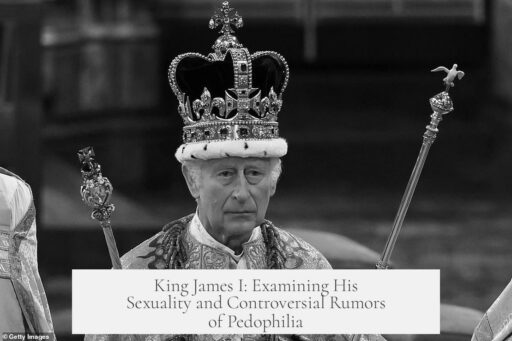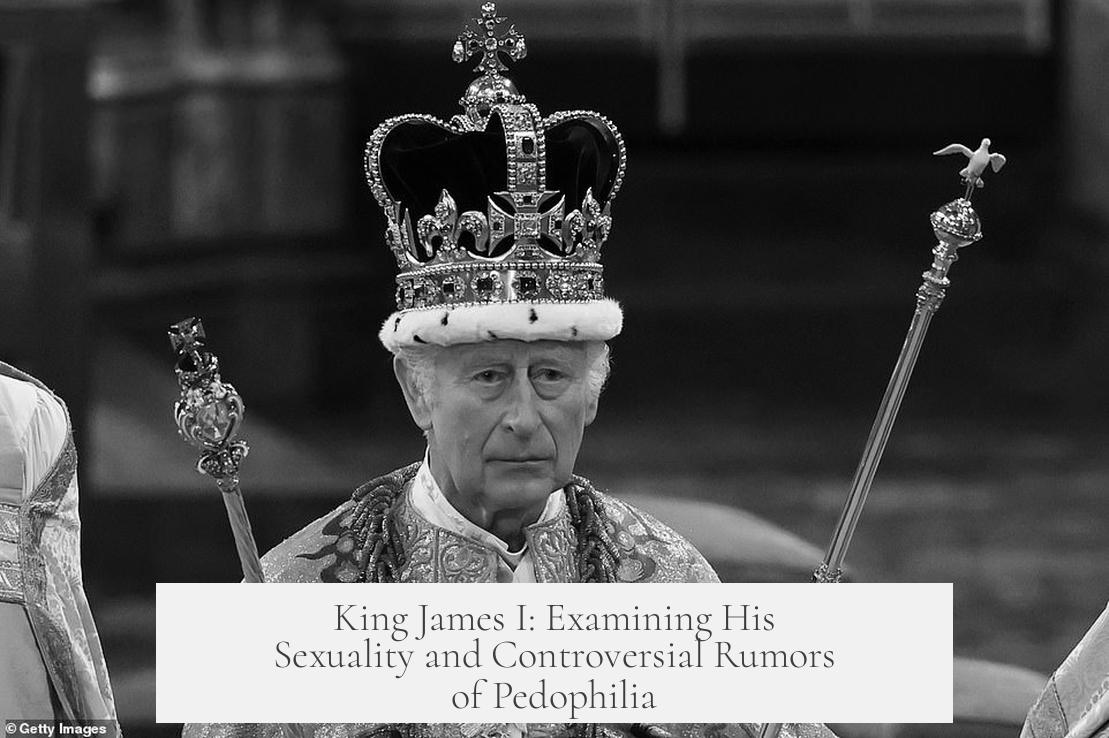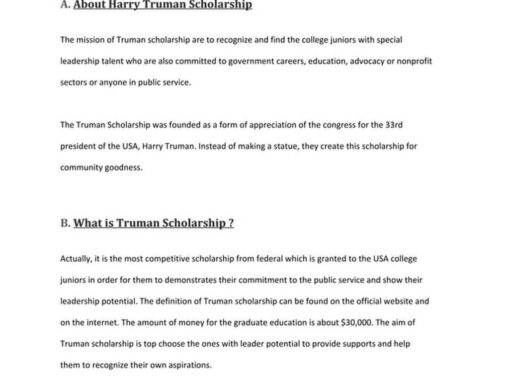King James I’s sexual orientation and behavior remain subjects of historical debate, with evidence suggesting he was likely attracted to both men and women but without conclusive proof to label him homosexual, bisexual, or a pedophile by modern standards.

Historians caution against applying contemporary terms like “homosexual” or “bisexual” to early modern figures. These words only entered English usage in the late 19th century and carry meanings linked to modern identity concepts, which did not exist during James’s reign. The term “sodomy,” frequently used in the 17th century and often applied disparagingly, denoted a broad category of sins rather than a specific sexual orientation. It encompassed acts considered immoral, including pride, gluttony, and idleness, not just sexual activity between men.
King James I’s sexual preferences most closely align with what might today be described as attraction to both sexes, but historians hesitate to use the label “bisexual” due to historical context differences. Reports from his contemporaries often highlighted his close relationships with several male favorites, particularly George Villiers, the Duke of Buckingham, who was in his late twenties during their association.
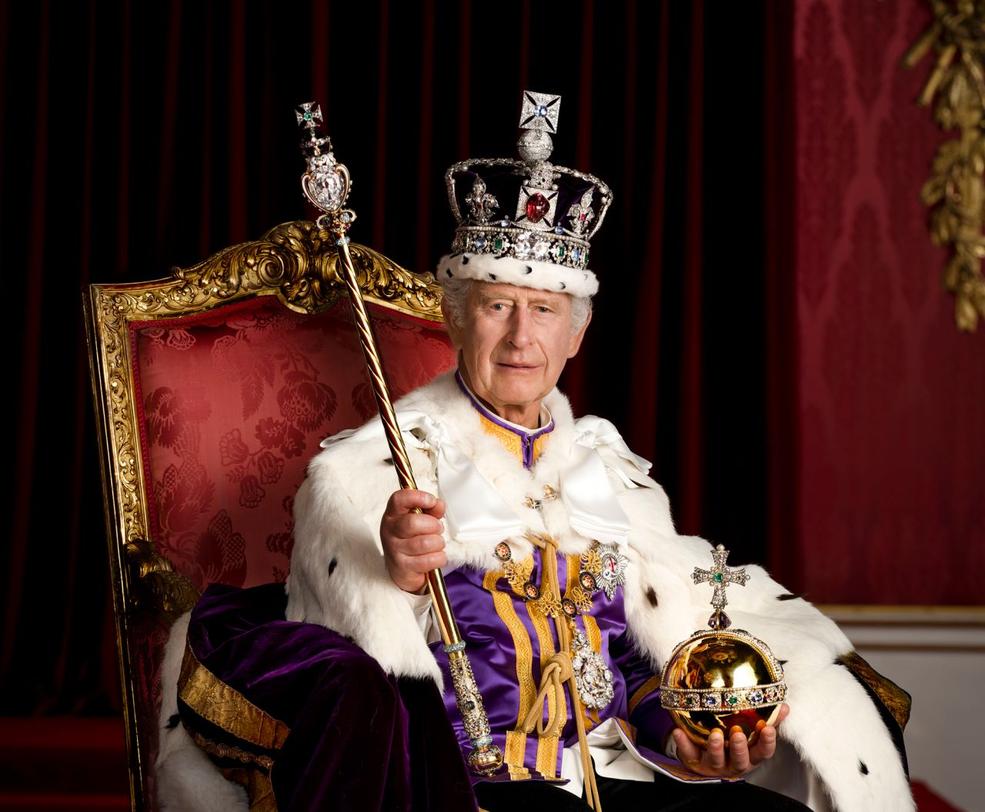
- One major source of allegation stems from the 1619 sermon by Isaac Singleton at St. Paul’s Cross, which referred scandalously to “James and his catamites.” This term, broadly used to imply immoral male companionship, was likely employed rhetorically rather than as precise description.
- Correspondence from John Chamberlain, who relayed court gossip, emphasized that accusations surrounding James and his “catamites” were hearsay, reflecting political or social tensions rather than proven fact.
- Claims about James’s fondness for “young boys” usually indicated young men or teenagers, not pre-adolescent children. Villiers was often a focal point, reflecting the king’s close emotional and possibly physical relationships with males in their youth or early adulthood.
- The king’s behavior reportedly shocked some foreign diplomats due to its casual physical familiarity with his servants and favorites, which breached courtly norms rather than indicating pedophilia.
Accusations of pedophilia lack solid evidence. The king’s apparent affection was for young men generally in their late teens or twenties. His gesture of adopting Buckingham’s children as “grandchildren” possibly fueled rumors, but concrete proof of inappropriate behavior with children does not exist.
Other rumors criticized James for heavy drinking and involvement in revelry. The Danish king’s 1606 visit stands out, with some accounts describing boisterous feasting and intoxication, but these were exceptions rather than typical of James’s behavior. Usually, the king preferred more restrained company and pursuits like hunting.
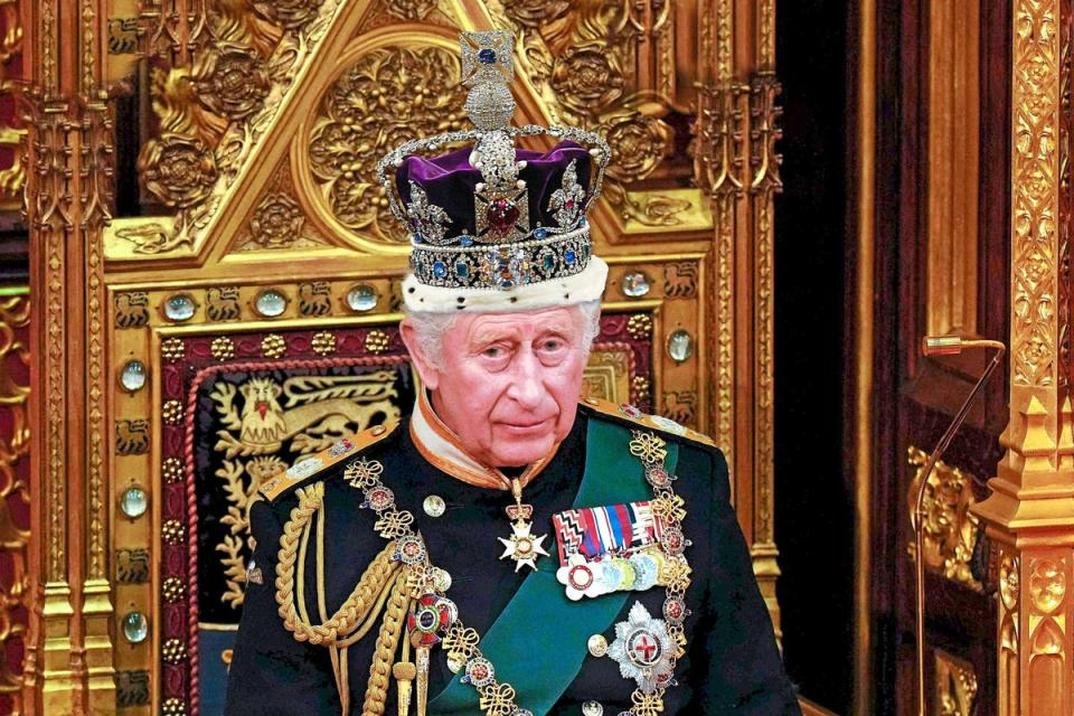
Michael Young’s detailed research supports the view that James was sexually involved with men. Young examines letters and writings from James and his male favorites to argue for romantic or sexual relationships. However, available documentation cannot conclusively outline the nature of these relationships, nor confirm specific sexual acts.
Some contemporaries, like Sir Walter Raleigh and critics within England, spread rumors about James’s personal life, often motivated by political and cultural opposition. The king’s Scottish origin and mannerisms prompted disdain from English courtiers, shaping the tone of historical accounts. This negative bias prompts caution in accepting all accusations as fact.
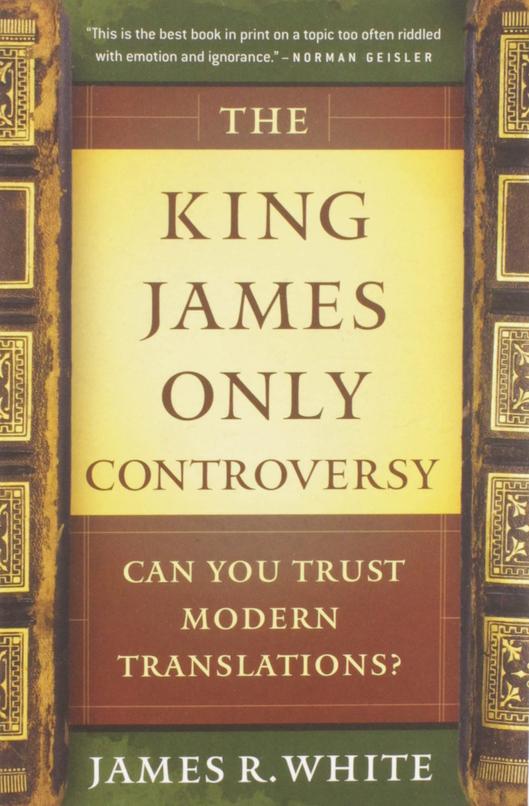
| Aspect | Historical Evidence | Modern Interpretation |
|---|---|---|
| Terminology | Terms like “homosexual,” “bisexual,” and “pedophile” did not apply in James’s time. | Avoid labeling; interpret behavior within early 17th-century contexts. |
| Relationships with Men | Close ties to favorites like Buckingham; possible romantic or sexual connections. | Likely attraction to men; exact nature unknown. |
| Allegations of Relationships with Boys | “Young boys” referenced young men, not children; racialized by rumors. | No credible evidence of pedophilia. |
| Drunken Revelry | Episodes of feasts and heavy drinking recorded but uncommon. | Not typical behavior; exaggerated in some accounts. |
In sum, historical evidence does not support labeling King James I definitively as homosexual, bisexual, or a pedophile. His relationships with men were noted, but exact details remain unclear. Allegations often reflect the political and social tensions of his era, influenced by cultural biases and contemporary rhetoric.
- Modern sexual identity concepts do not apply to early 17th-century figures like James I.
- James likely had emotional and possibly sexual relationships with men, especially with his favorites.
- Accusations of pedophilia lack credible evidence; “young boys” meant adolescent or young adult men.
- Reports of excessive drinking and orgies exist but were not typical of James’s usual conduct.
- Historical context and political biases shape much of the evidence about James’s personal life.
Was King James I Homosexual, Bisexual, or a Pedophile? Unpacking the Royal Rumors
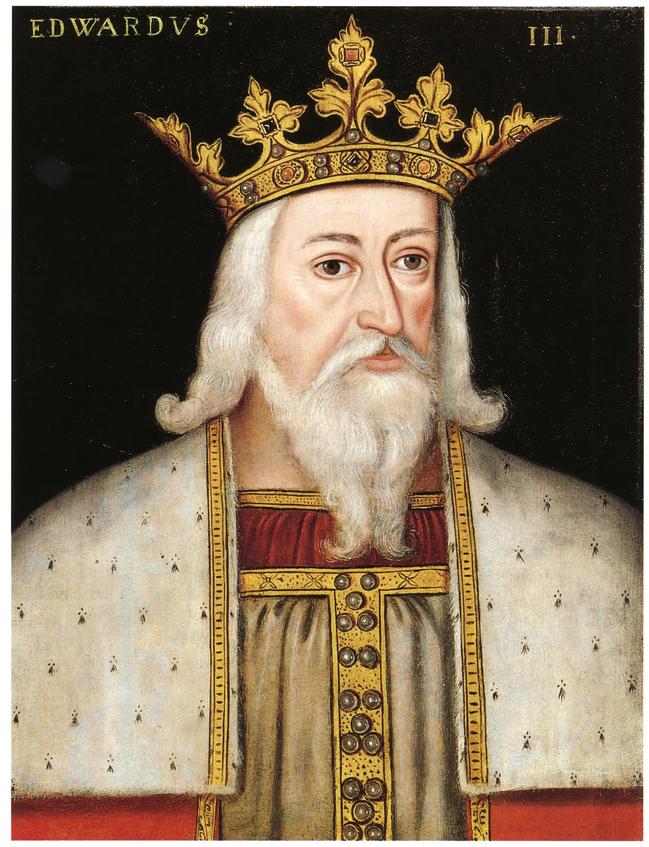
The short answer is complex: King James I was likely attracted to both men and women, but applying modern labels like “homosexual” or “bisexual” to him is misleading. As for accusations of pedophilia, the evidence suggests these claims are mostly misunderstandings or exaggerations of his relationships with young men, not children.
Now, before diving into scandalous royal gossip, it’s crucial to understand the historical context. Calling King James “homosexual” or “bisexual” can be anachronistic. These words are modern concepts with meanings shaped by today’s societal values and identity politics. They simply don’t map neatly onto the 16th and 17th centuries.
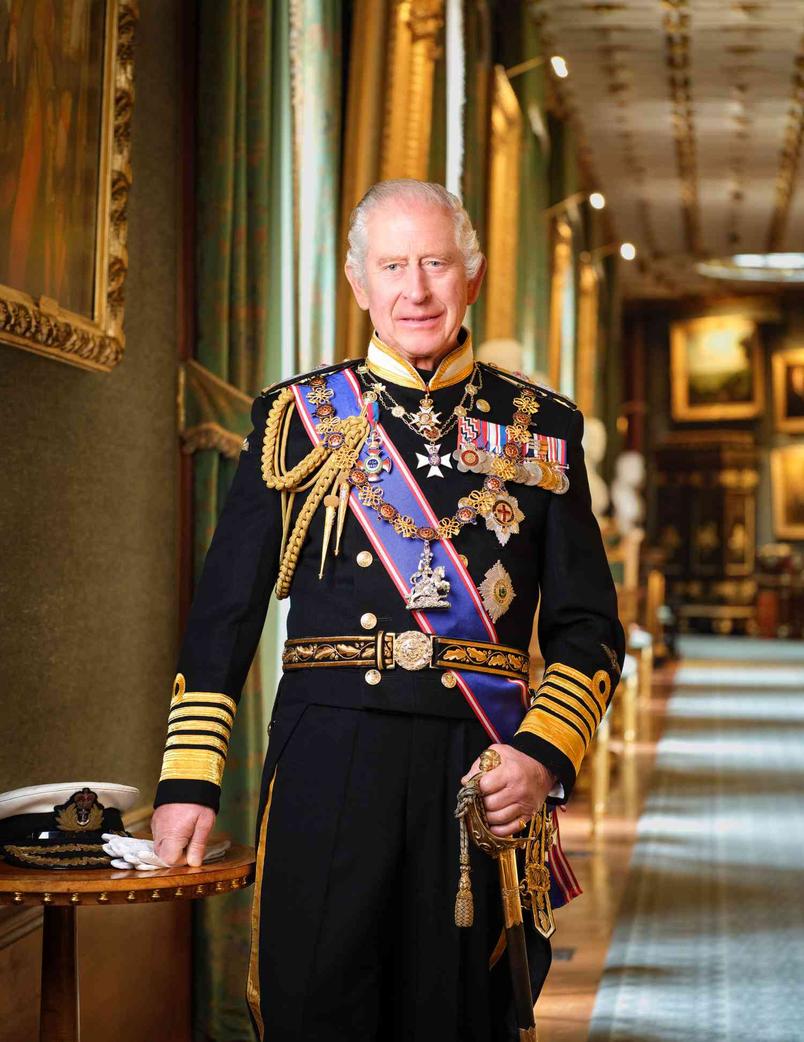
Why Modern Labels Don’t Fit Early Modern Monarchs
Homosexuality entered English vocabulary only in the 1890s. Weirdly, earlier terms like “sodomite” and “bugger” bleed into a murky swamp of meanings. They aren’t straightforward references to sexual orientation. Instead, “sodomy” was a broad moral condemnation linked to an array of sins, including pride, gluttony, drunkenness, and adultery—not just same-sex acts.

To put it simply, a “bugger” wasn’t just a man who liked men; he could be a glutton, a drunk, and an adulterer all in one. The 17th-century legal scholar Coke sharply noted “sodomites came to this abomination by four means: pride, excess of diet, idleness, and contempt of the poor.” So, a label in James’ time carried a different punchline than modern identity talk.
The Rumored Affairs of King James I
James had close relationships with several men, including George Villiers, the Duke of Buckingham, who became a royal favorite. Villiers was in his late twenties at the time he entered the king’s inner circle—not a child by any modern standard. James’ affection for him and others in his retinue sparked rumors and whispers, some of which painted the king as scandalous.
Historians like Michael Young have combed through letters and writings, arguing there’s enough textual evidence to suggest James had sexual relationships with men. However, how explicit these were—whether physical intimacy involved mutual masturbation, intercourse, or merely emotional closeness—remains speculative. There’s no sealed confession, just ink and paper filled with hints and innuendo.
Was James a Pedophile? No Strong Evidence Supports That
One theory claims James was a pedophile because of his so-called “catamites” — a term shouting “paedophile” to modern ears but used differently back then. It emerges mainly from a 1619 letter by John Chamberlain, commenting on a sermon by Isaac Singleton at St. Paul’s Cross. Singleton allegedly mentioned James and his “catamites,” which contemporary gossip and politics could easily have blown out of proportion for rhetorical effect.
Mary Morrissey’s research in Politics and Paul’s Cross suggests the accusations targeted the government, especially Chancellor Bacon, more than the king personally. Plus, “catamites” in the early 1600s often implied a man kept as a young servant or companion, not necessarily a prepubescent child involved in abuse.
Besides, historians clarify that James’ “young boys” were usually men in their late teens or twenties—a far cry from the children modern paedophilia accusations suggest. Royal terminology and courtly affection back then sometimes led diplomats—who found James physically tactile and overly familiar—to misinterpret his behavior, creating myths of child exploitation.
The Duke of Buckingham and Royal Favoritism
The Duke of Buckingham, George Villiers, was possibly James’ favorite male companion. Their relationship stirred English and foreign tongues. James “adopted” Buckingham’s children later in life, calling them his “grandchildren,” which later muddied waters leading some to suspect inappropriate intentions. Yet, this looks more like royal affection and political alliance than anything sinister.
Historical etiquette at James’ court allowed physical closeness unusual for visiting French diplomats, who were shocked by the absence of barrier between king and servant. Such intimacy breached protocol more than morality, in their eyes.
Drunken Orgies and Moral Panic
Reports of drunken orgies often paint James’ court as a wild bacchanal. But history tells a nuanced story. The most cited event is King Christian IV of Denmark’s 1606 visit, where English wit John Harington described excessive wine, tipsy ladies, and some debauchery. However, this was far from typical.
James was indeed a heavy drinker but preferred smaller, quieter gatherings, often hunting or hawking in the company of a few close allies. Professor Laurence Stone’s hyperbolic portraits of debauchery may reflect political bias or moral panic, not regular behavior.
Public Opinions and Political Smears
James faced hostility as a Scotsman ascending the English throne. His odd mannerisms and accent didn’t help his image. Rumors about his “unnatural” preferences conveniently undermined his authority. Sir Walter Raleigh’s quip about royal favorites and Singelton’s censured sermon reflect court gossip weaponized for political reasons.
Could all this be a smear campaign? Given James’ controversial reign, it’s plausible. Powerful nobles and foreign ambassadors alike found scandalous tales efficient tools to discredit him.
What Modern Readers Should Take Away
Historical sexual identities don’t translate cleanly into today’s terms. James likely had intimate relationships with men, which today might be called “bisexual” attractions. However, the early 17th-century cultural framework lacked concepts of identity based on sexual preference; it emphasized acts, reputation, and sinfulness.
Allegations of pedophilia rest on shaky ground, often stemming from misinterpretation or politically charged gossip. “Catamites” did not necessarily mean children, but rather young male companions of various ages and statuses.
Finally, drunken orgies existed but were not the rule for James’ court, and the king’s fondness for wine should not eclipse other aspects of his rule or personality.
Wrapping Up: The Royal Truth Between Myths and Facts
So, was King James I homosexual, bisexual, or a pedophile? The facts say he was a man of his time whose sexual and courtly relationships don’t fit into neat modern boxes. He certainly displayed affectionate and possibly sexual relationships with men, but “bisexual” as an identity label doesn’t fit perfectly.
Claims of pedophilia are unproven and likely exaggerated, emerging more from political intrigue and misunderstandings of historical language than from actual misconduct.
When reading history, especially about colorful monarchs like James I, it pays to question the sources and remember the foggy line between gossip and fact. History loves a juicy tease, but truth often requires patience and skepticism.
Have You Wondered…
What would James think if he knew centuries later folks would dissect his private life on the internet? Would he laugh at the tidbits about drunken orgies or be baffled by 21st-century labels?
In the end, James’ complex legacy prompts us to ask: how do we fairly judge people from the past when our language, norms, and values are so different? Perhaps, it’s best to keep curiosity alive while resisting oversimplifications—because history deserves nuance, not soundbites.
